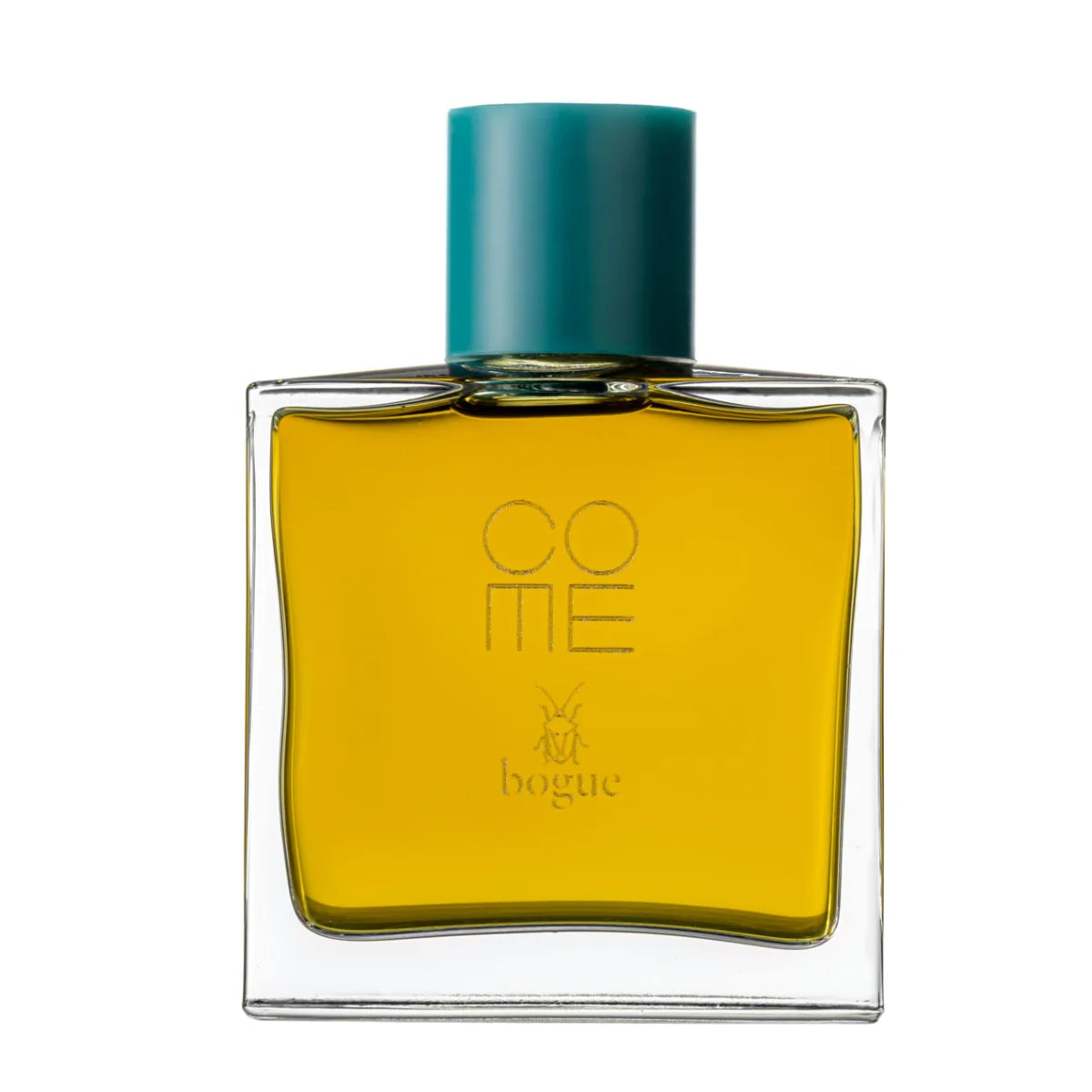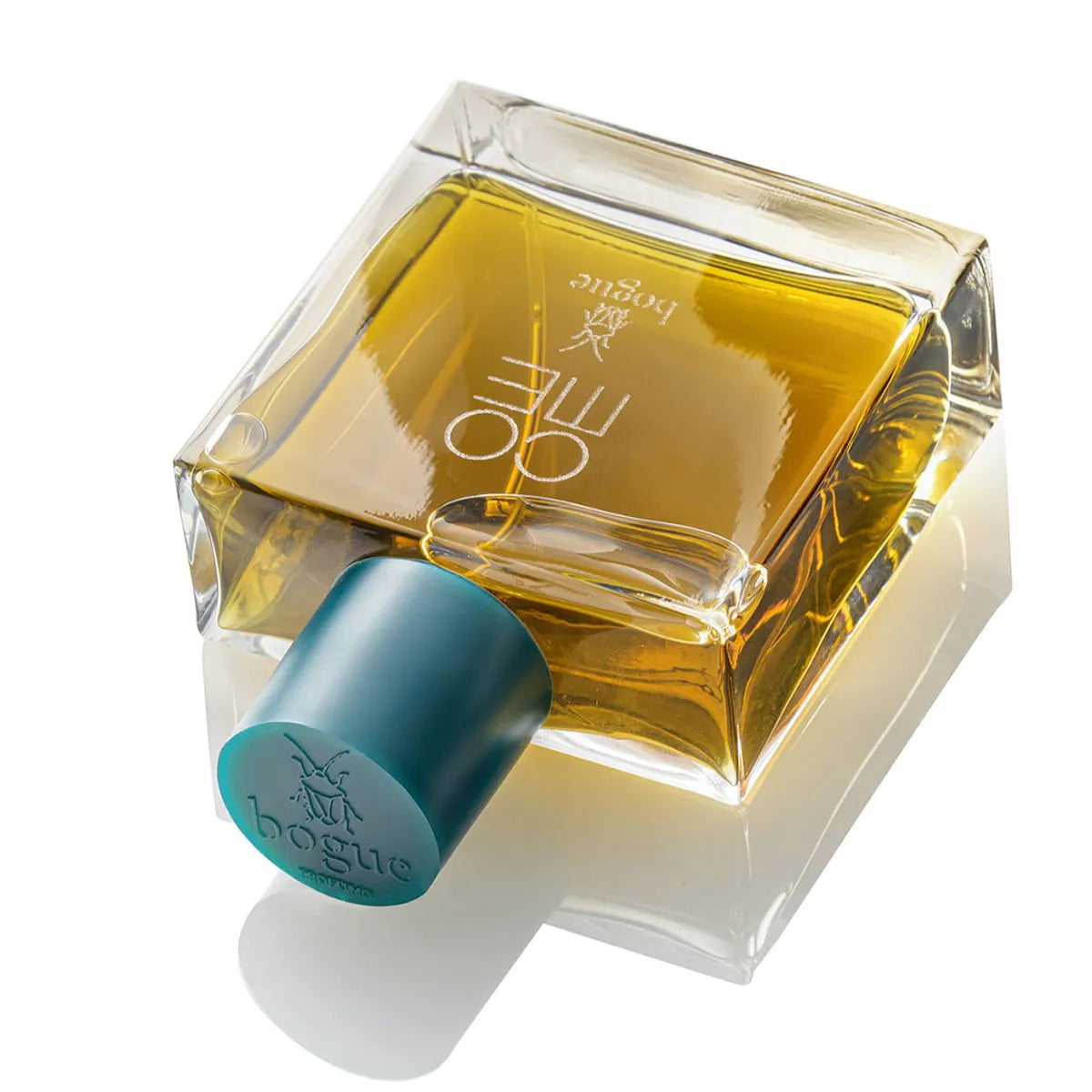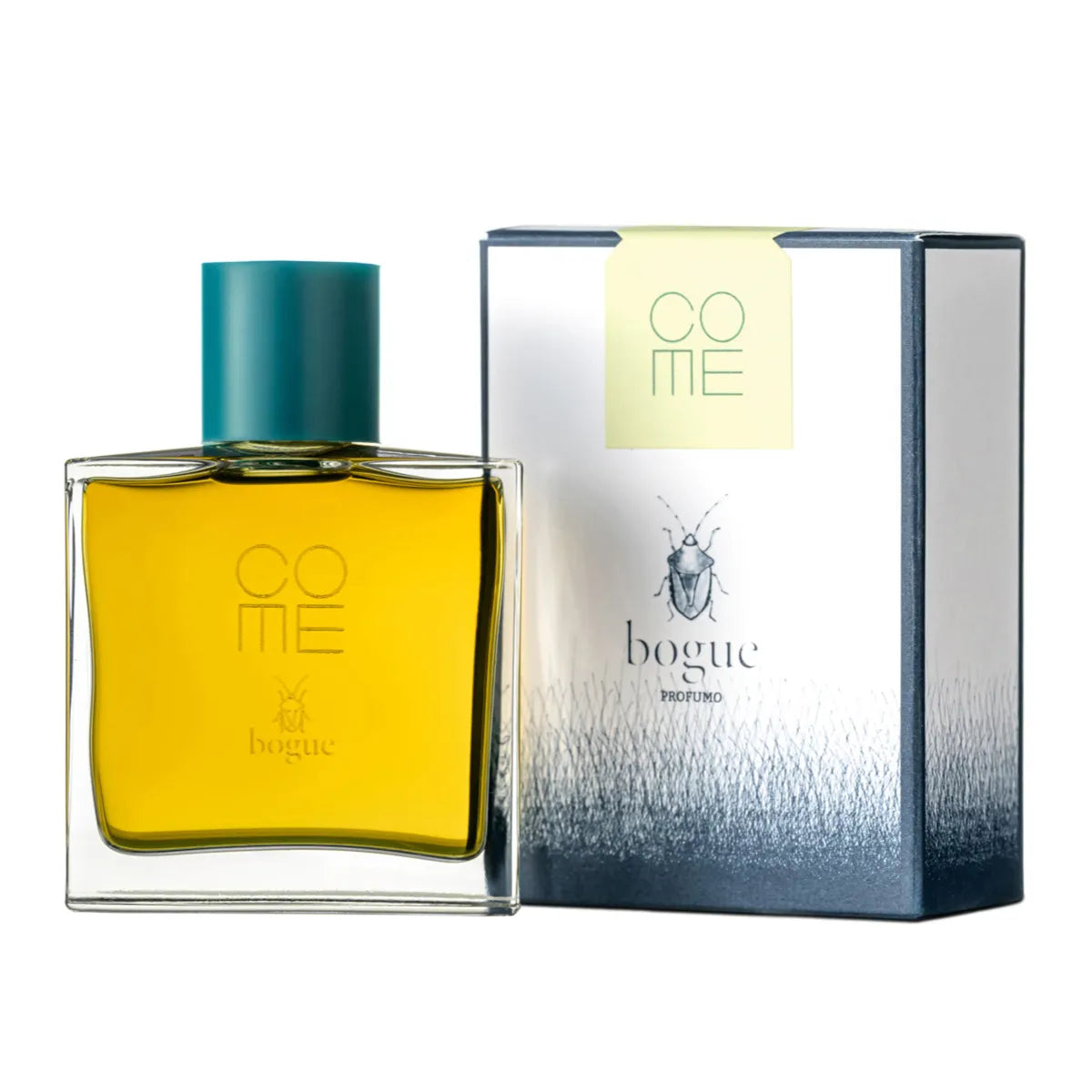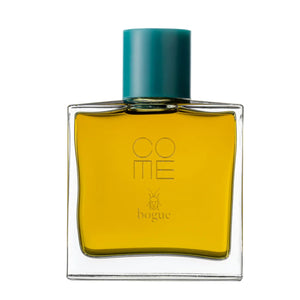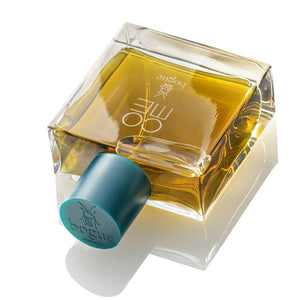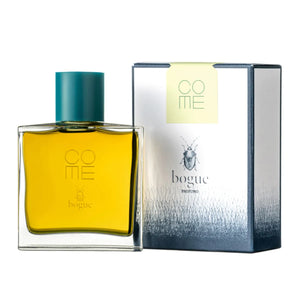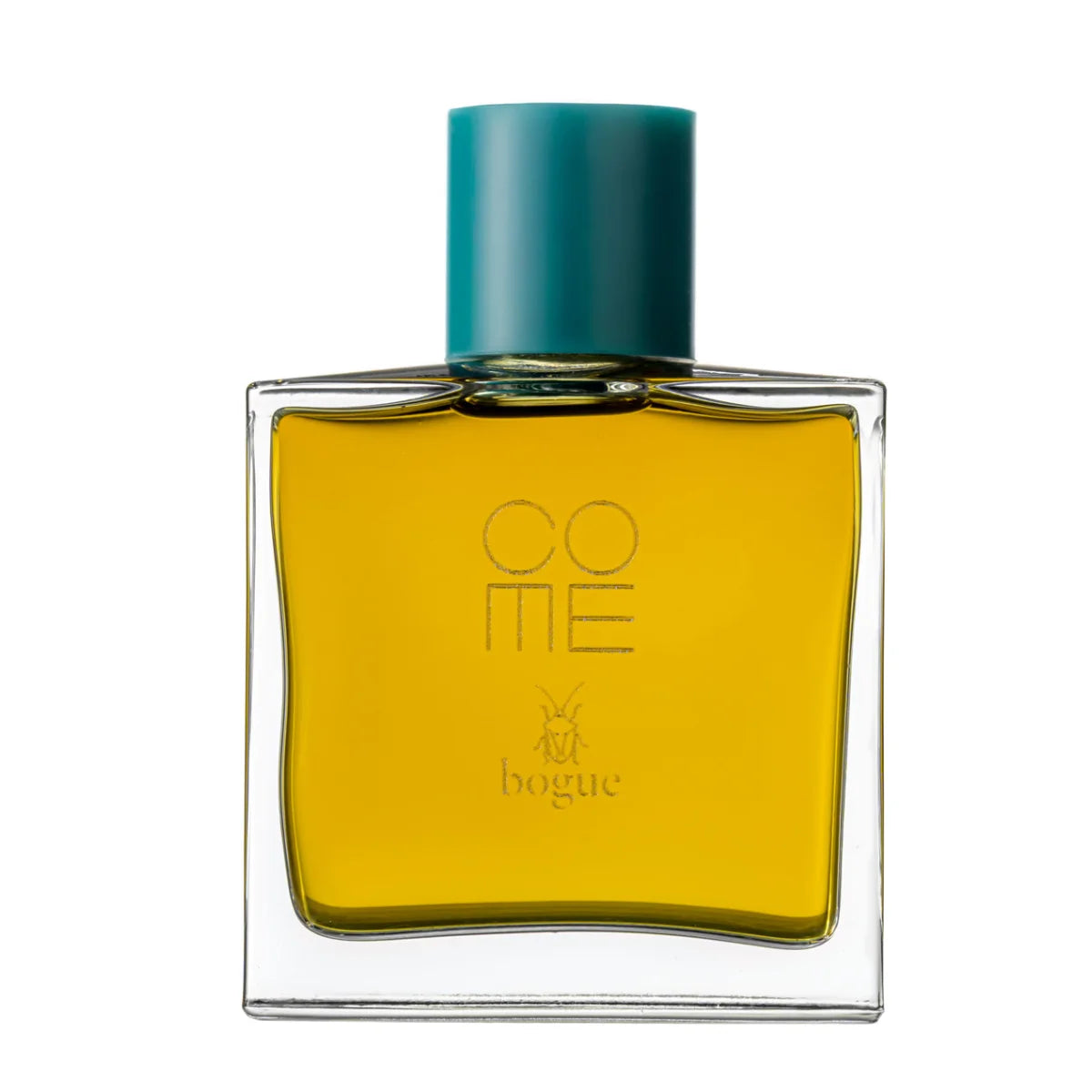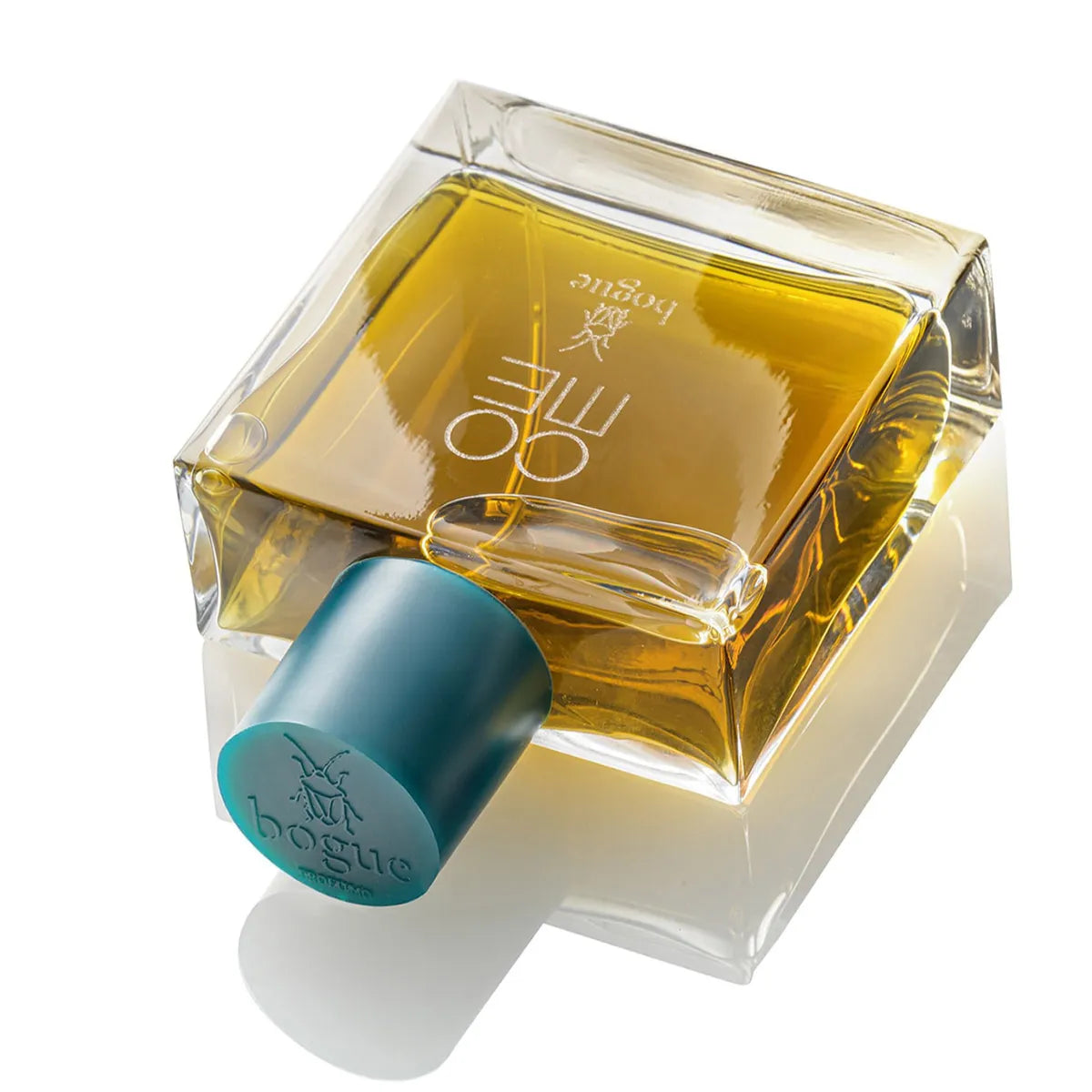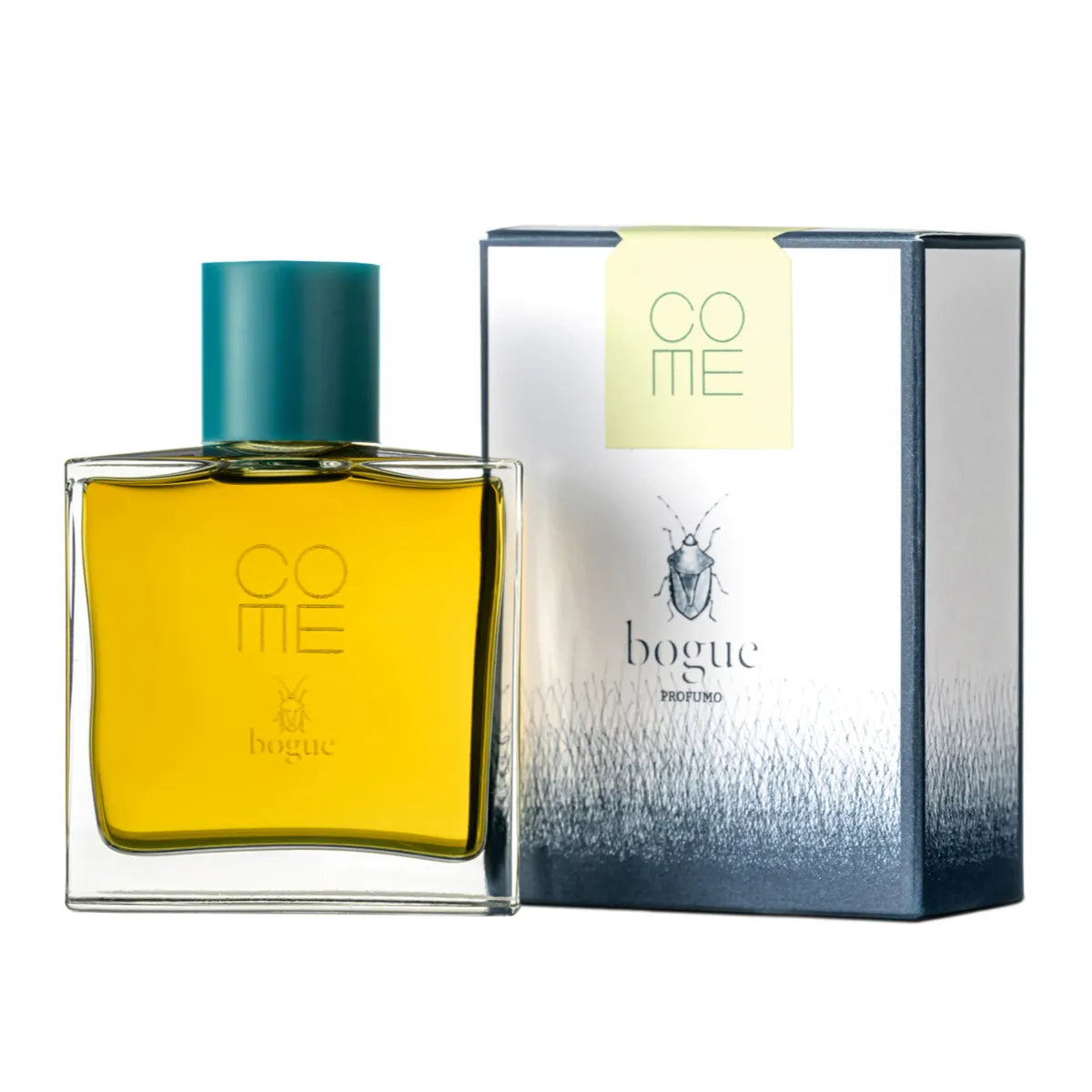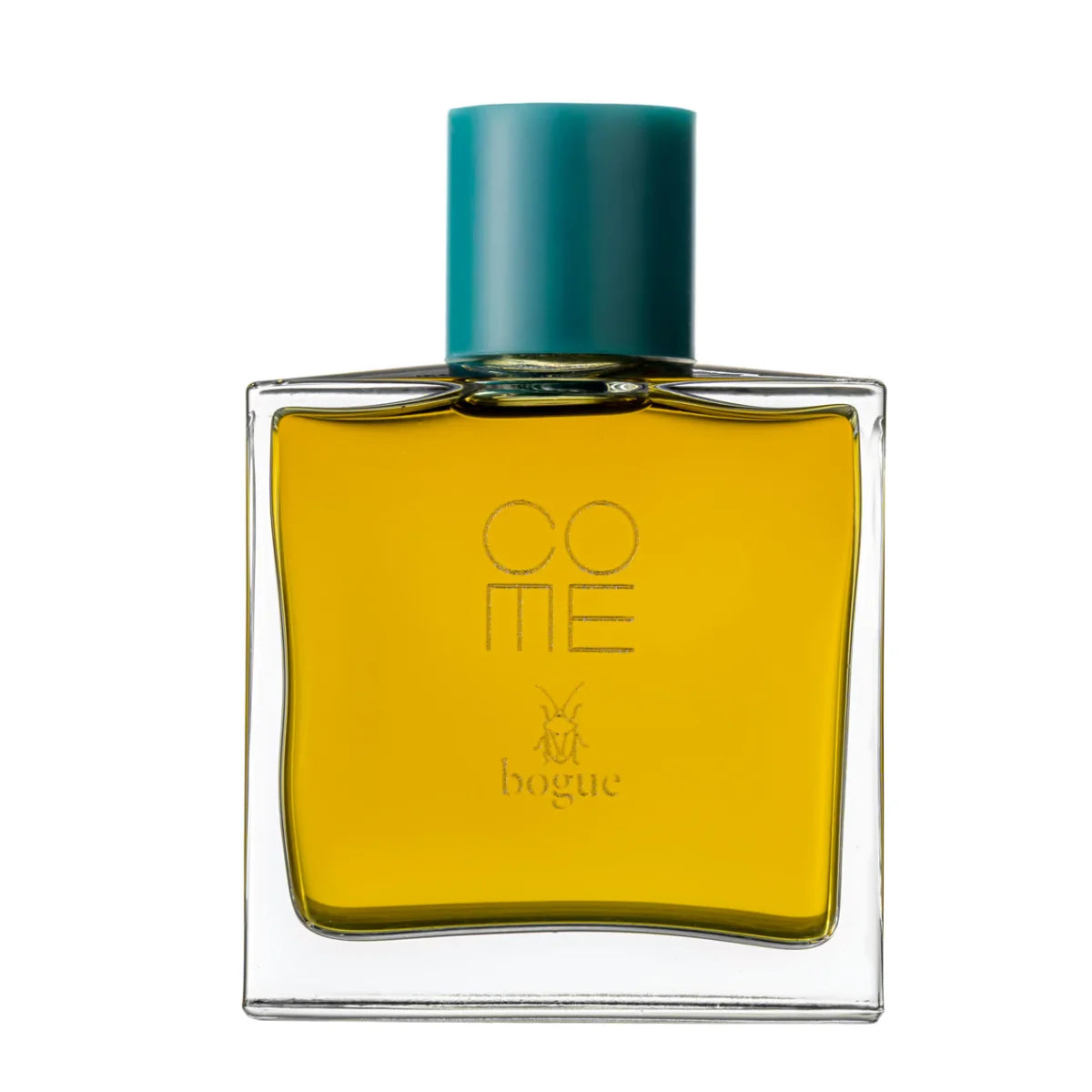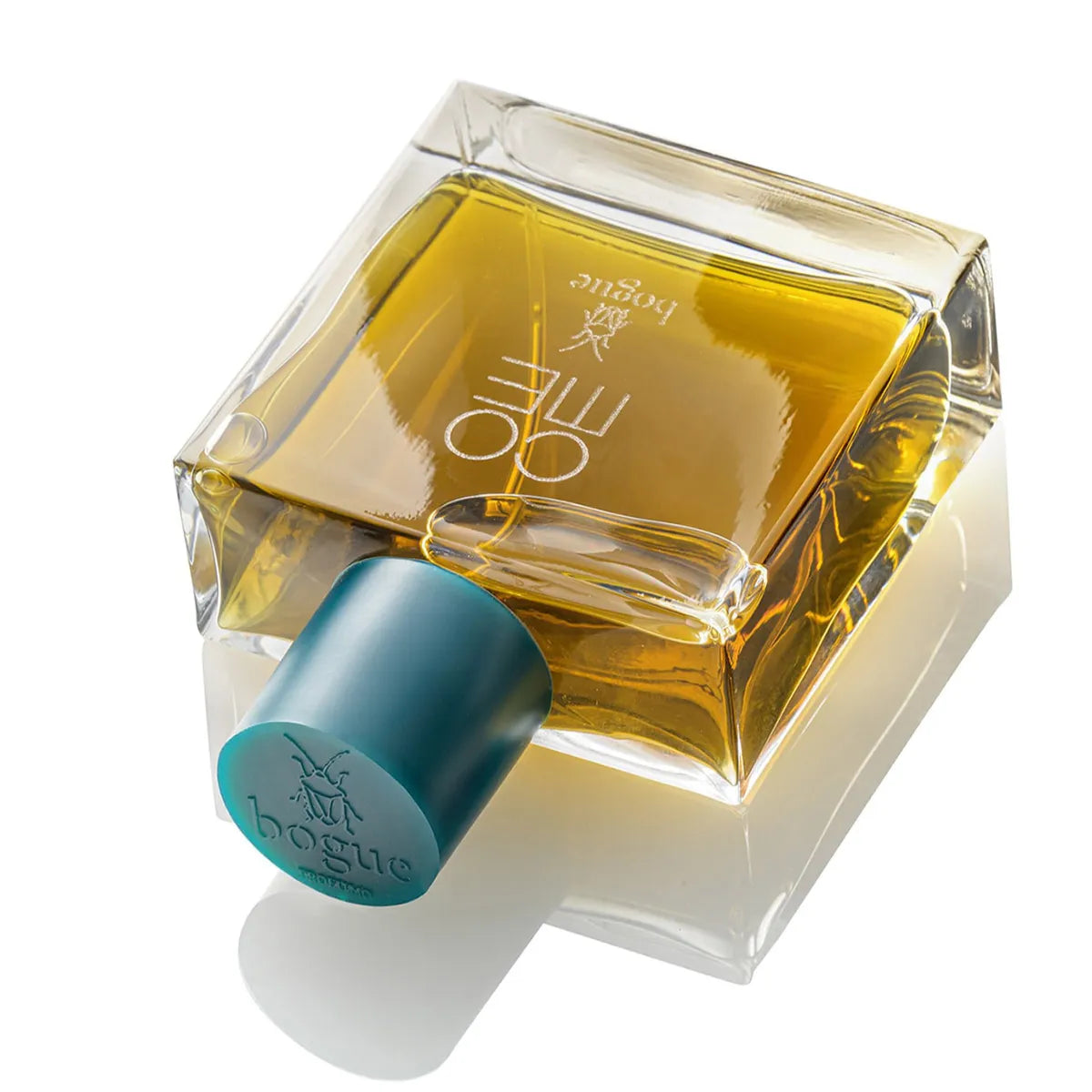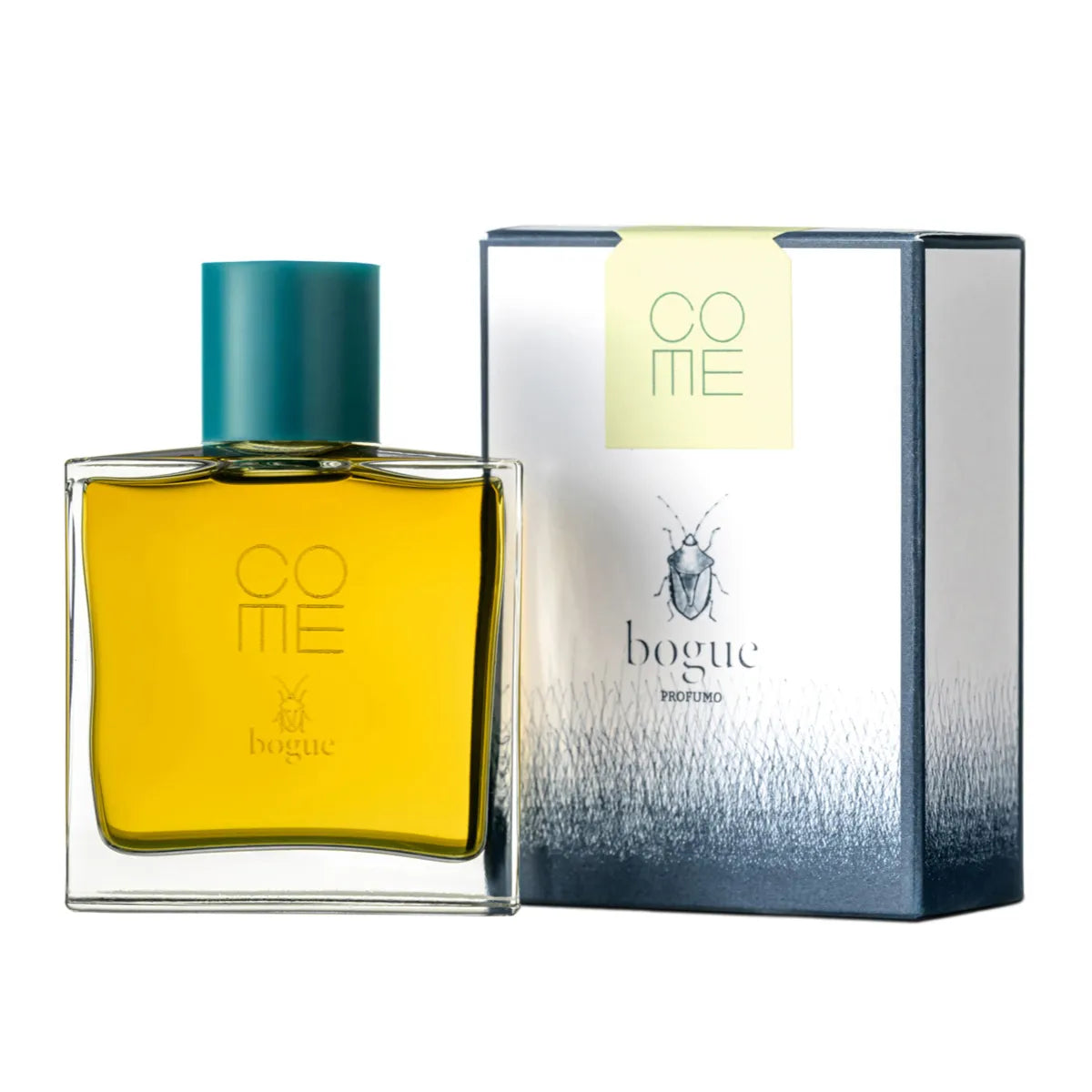COME: the green leaves of the fig and its roots. COME: the green field of helicrysum and bergamot. COME: the tea’s and civet’s verdigris. COME: the petrol green of smoke and labdanum. COME: the emerald green of benzoin resin and oud. COME: the racing green of tonka bean and moss. COME: the patchouli’s camouflage green and the honey’s jade green. COME: the vanilla and jasmine’s celadon green. COME: the ylang ylang’s beryl green and the juniper’s malachite green.
COME is a dark ode to nature that explores mystical hidden aspects of herbal and resinous territories where smoke and animalic notes play in ritual circles.
COME Eau de parfum
COME explores the green odors: fragile, layered, elusive, complex and shifting. The colour is a matter of perception not a definition and in this composition the green breaks down and rebuilds itself in a catalogue of olfactive metaphors.
COME welcomes you with the bright lights of bergamot and helichrysum, evoking a wet green lawn. COME burgeons and takes shape: the green thickens in the fig leaves fallen on the grass, darkens with tea leaves and the civet aroma, oxidizes like exposed metal, while the smoke and the labdanum draw a resinous, deep petrol shade.
COME vibrates between contrasts and harmonies: the balsamic sweetness of benzoin and the earthy intensity of oud outline an emerald green, rich and forgotten. The tonka bean and the musk unveil new nuances, a dustier and elegant green.
COME is a palpable green: the patchouli is mimetic and vegetal, the honey melts as vanilla and jasmine blend into a celadon green, milky and thin. The ylang ylang flowers, together with the juniper wood, generate a vast and luminous space.
COME is an open question, a declaration of perceptual, chromatic, and olfactive freedom.

